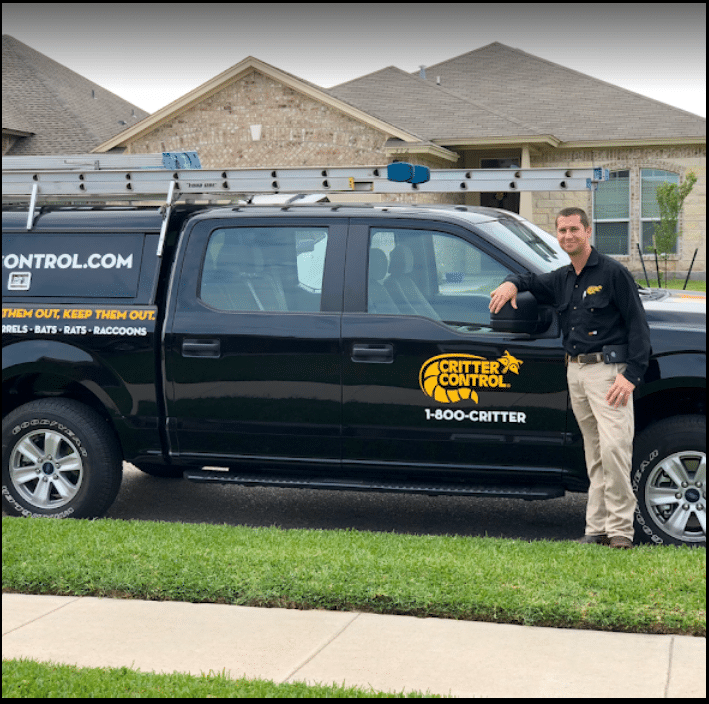South Texas has a unique habitat and climate for nuisance wildlife activity. With over ten years of experience across Corpus Christi and the Rio Grande Valley, I have noticed the most common problems homeowners experience.
Top Ten Most Common Pests in South Texas
- Raccoon
- Squirrel
- Bat
- Gopher
- Snakes
- Rats
- Bees
- Skunks
- Armadillos
- Opossums
- Birds
- Stinging Insects
- Insects
Wildlife Problems by Season in South Texas
South Texas is considered sub tropic climate so the winters are very mild. So not only do animals stay active all year long, but also some species migrate to the area during the winter!
Pest Problems All Year
Gophers, rats, and mice are active all year long.
Spring Nuisance Wildlife Problems
In the spring, raccoons and squirrels give birth. Raccoons tend to have three to five kits. Squirrels can have up to nine pups and can give birth in the fall. Earlier in spring, females from both species are looking for safe places to build a nest, give birth, and wean their young.
Snakes become more active in the spring as the temperatures rise.
Summer Pest Problems in South Texas
Squirrel and raccoon juveniles will be weaned before the summer is over and leave the attics when the temperatures start to soar. In May and June, homeowners are more likely to hear the whining and crying from these young critters.
Snakes, armadillos, and gophers are problems in people’s yards. Armadillos and gophers dig up lawns. Snake activity increases in temperature but will retreat to cooler areas like under porches and sheds during the hottest part of the day.
Stinging insects like bees and wasps are most active at the hottest parts of the day. They become dangerous when their nests are close to human activity.
Corpus Christi
Corpus Christi is a growing city on Corpus Christi Bay, an inlet of the Gulf of Mexico with a subtropical climate of very hot, humid summers and mild winters. With a population of a little over 300,000 that has grown by nearly 10 percent since 2000 and over five million in annual tourist visitors, Corpus Christi is bursting at the seams with activity and energy.
Wildlife adapts to this growth by finding the next best thing to their natural habitats: homes and office buildings that provide all the comfort and security they need to build their nests and raise their families.
Unfortunately, Corpus Christi wildlife carries fleas that make the city and state the typhus capital of the nation. Getting rid of nuisance animals in homes and offices is essential for maintaining public health and safety and preserving the quality of life for residents and visitors alike.
Rio Grande Valley
The Rio Grande Valley, or what we call “the Valley,” is filled with native and non-native wildlife. We border Mexico in the floodplain of the Rio Grande, which is covered in grasslands, wetlands, forests, and prairies. It is beautiful and makes the perfect habitat for numerous wildlife. There are 142 species of animals and over 540 species of birds living in Texas.
Nuisance wildlife in the Rio Grande Valley is an animal that causes damage to your property or acts as if they are going to damage it. They also may pose a threat to the public or cause such an annoyance that it is hard for you to enjoy your home or outdoor spaces. Examples of nuisance wildlife you will encounter on your property include raccoons, birds, rabbits, skunks, opossums, rodents, snakes, armadillos, bats, etc.
There are state and federal laws regarding the removal of nuisance wildlife. Some are protected and must be left alone, while others require depredation permits. Failing to abide by Texas laws can result in hefty penalties. Relocating nuisance wildlife has regulations due to the diseases many animals carry.

About the Author Weston Pawelek
Weston Pawelek has been providing wildlife removal and pest control in South Texas for over ten years.